Results: Urban Legends by State Part 14: Idaho
Published on 08/01/2025
Potatoes aren't the only thing in Ho
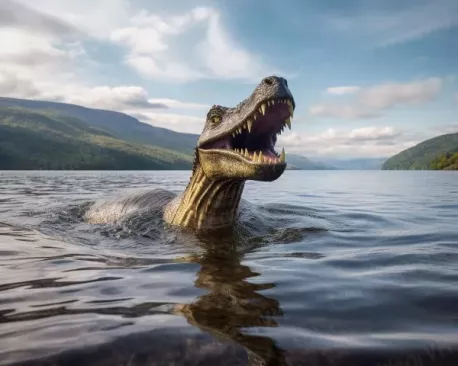
QUESTIONS
GO to COMMENTS
Comments
1.
1.
The Legend of Sharlie. Like many mountain lakes, Payette Lake has its own legend—a "lake monster" locals call Sharlie. The first reported sighting dates back to 1920, when some people believed they saw a huge, log-shaped creature moving through the water on its own. Over time, there have been enough sightings that "Sharlie" has gained a bit of fame, with locals and visitors occasionally claiming to see something large swimming in the deeper parts of the lake. Skeptics say it's likely a giant sturgeon or just a trick of the light, but those who prefer to believe in myths find the legend exciting. Whether Sharlie is real or just a fun piece of local folklore, it's part of what makes Payette Lake such a fascinating place. You never know when you might look out across the water and catch a glimpse of something unexpected. Have you've heard of this creature?

Yes
8%
155 votes
No
66%
1318 votes
Undecided
7%
137 votes
Not Applicable
20%
390 votes
2.
2.
The Spirits of Spirit Lake. Yet another body of water in Idaho has a haunting or creature associated with it. This one is an old Kootenay Native American legend. The legend says that there were two young lovers, both of the Kootenay tribe, who wanted to marry. However, the woman was desired by the chief of another tribe that was not friendly to the Kootenay, and he threatened war if he was not allowed to marry her. Knowing that they could not marry, they tied their wrists together in a symbol of eternal union and jumped off a cliff together into Spirit Lake. Today, some say their sad cries can be heard rising up from the water. On moonlit nights, their spirits can sometimes be seen gliding across the lake in a ghostly canoe. Have you heard of this story?
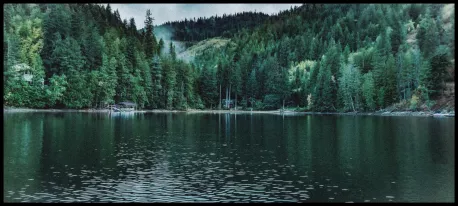
Yes
11%
227 votes
No
89%
1773 votes
3.
3.
The Owyhee Dwarves of the Mountains. Long before Europeans settled in the west, Indian tribes had legends of strange creatures living in the wild areas of Idaho, Oregon and Washington. While stories of Bigfoot predate western settlement, other tales of creatures also were told. Both the Shoshone and Bannock legends claim that a race of cannibalistic dwarves called the Ninnimbe lived in the Owyhee Mountains. These dwarves were said to be only two feet tall but were strong enough to carry on their back the deer and elk they had killed with their bows and arrows. The women of this dwarf community dressed in the skins of the animals but the men were known to run around naked, even in winter. They also had tails. A tactic they used when near Indian camps was to steal babies and eat them. Then they would cry just like a baby until the mothers came to look for their lost baby. That's when the cannibal would strike again and eat the mother. Another tactic was to wrap their tail around them and sneak into a group of Indian children to play. They then would take the opportunity to runaway with the children riding on their tail, never to be seen again. Have you heard of these creatures?
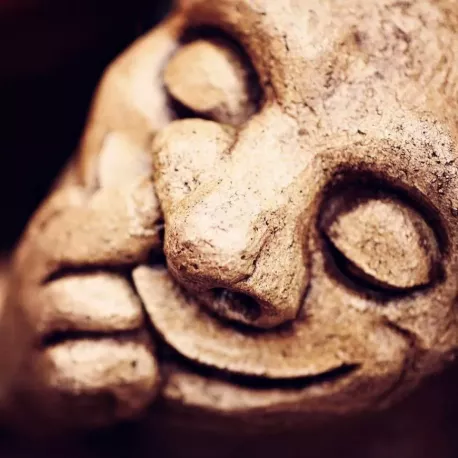
Yes
6%
117 votes
No
69%
1376 votes
Undecided
6%
119 votes
Not Applicable
19%
388 votes
4.
4.
Water Babies. A legend of a famine that befell the Shoshone Native American tribe in Pocatello, Idaho centuries ago lives on as local folklore. The legend says that there wasn't enough food to go around for a long time, and to keep the ones already in the tribe alive, or at least to give them a chance, mothers of newborns were forced to drown those newest lives in the nearby lake. However, the babies did not die as their mothers believed. Instead, they transformed into small fish, and eventually adapted to living in the lake by growing tails, gills, and fins. Eventually, they transformed even further into sprites who enjoyed playing pranks on anyone who entered the water, and occasionally eating the people (only humans) who entered their lake. They are believed to still exist in the rivers and canals of the area, on the Shoshone-Bannock reservation, and will cry or laugh to lure unsuspecting potential victims to the same water into which they were plunged. Have you heard of this tale?
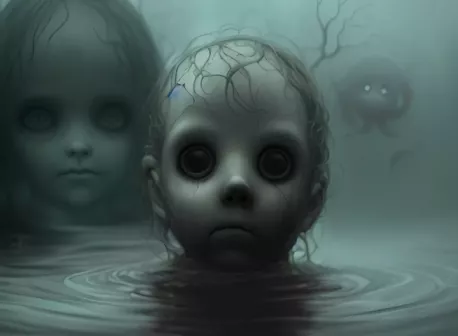
Yes
8%
153 votes
No
66%
1320 votes
Undecided
7%
136 votes
Not Applicable
20%
391 votes
5.
5.
The Fish Woman of Lake Coeur D'Alene is a prominent figure in local folklore, particularly among Native American tribes in the region. This urban legend describes a mysterious entity that is said to inhabit the waters of Lake Coeur D'Alene, Idaho often depicted as a half-fish, half-woman creature. The origins of this legend can be traced back to the oral traditions of Native American tribes who have long inhabited the area. The lake itself has been a site of spiritual significance for many indigenous peoples, who refer to various supernatural entities as "water mysteries." These stories often serve as cautionary tales or explanations for natural phenomena observed in the lake. The Fish Woman is typically described as being spotted near a large pointed rock, where she gazes out over the water. This imagery evokes themes of longing and mystery, suggesting that she may be watching over the lake or even monitoring human activities along its shores. Witnesses have reported various encounters with this enigmatic figure. Some claim to have seen her sitting on rocks by the shore, while others describe hearing unexplainable noises or experiencing sudden gusts of wind that seem to accompany her presence. Additionally, there are accounts of a large horned creature that allegedly lifts boats out of the water, further adding to the eerie atmosphere surrounding Lake Coeur D'Alene. These reports contribute to an overall sense of unease and intrigue about the lake. Locals often share stories about disembodied voices and strange sensations felt while near the water, reinforcing the idea that something supernatural may be at play. In contemporary culture, legends like that of the Fish Woman serve multiple purposes. They can act as a means for communities to connect with their history and cultural identity while also providing entertainment through storytelling. As Halloween approaches or during local festivals, these tales become especially popular as people seek thrills and chills associated with ghostly encounters. Have you heard of this creature? Personally I did not see her last year when I was there in person.
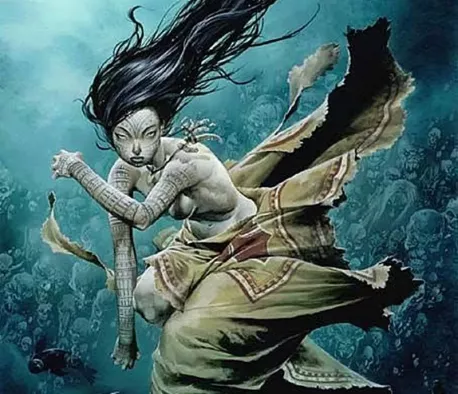
Yes
6%
113 votes
No
65%
1302 votes
Undecided
7%
133 votes
Not Applicable
23%
452 votes
COMMENTS


